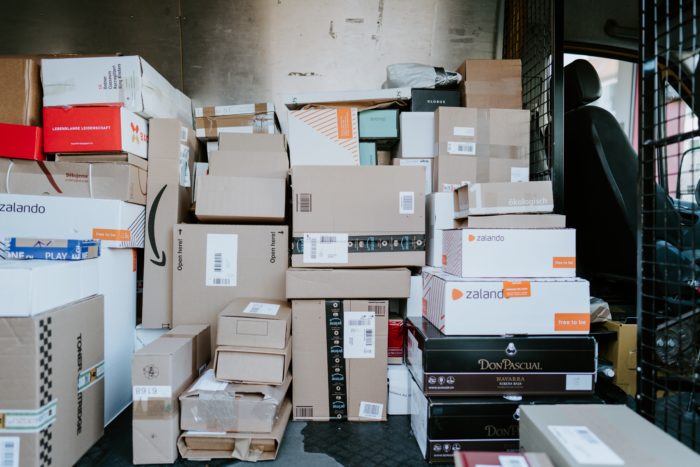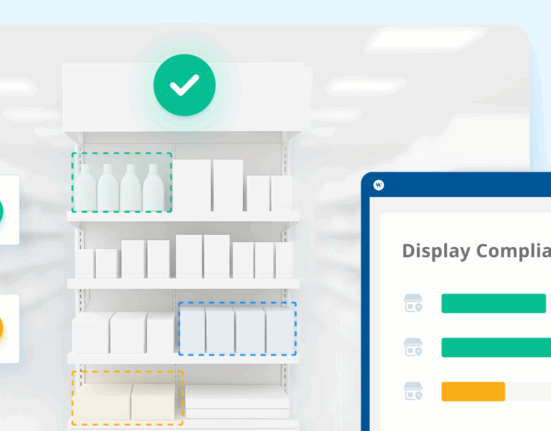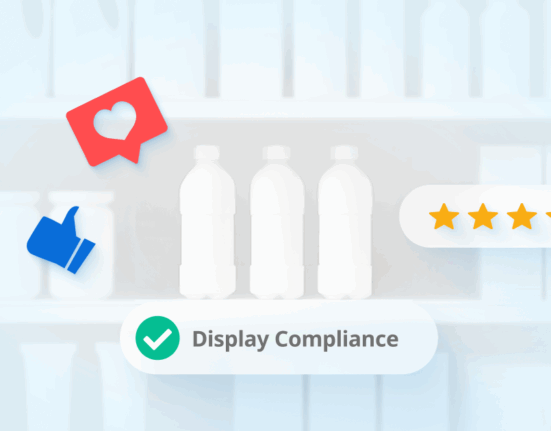Any brand or manufacturer’s understanding of the online retail landscape would be incomplete without knowing how dropshipping impacts their pricing strategies.
Dropshipping is a strategy where a retailer owns all the usual parts of the process for a specific brand but doesn’t actually stock the inventory for that brand. Instead, the brand and retailer work with a third party wholesaler or manufacturer to fulfill the order. So, when a customer buys that brand’s product, the dropshipper delivers the order, and that might not be the brand or retailer, depending on the arrangement.
Dropshipping strategies have grown in popularity due to their low startup costs. Plus, brands or retailers don’t actually need inventory to get started. The proliferation of dropshippers, however, has created some difficulty for brands that opt to use dropshippers. Specifically, the nature of this relationship can hide important pricing information or make it more challenging to manage Minimum Advertised Prices, or MAP policies.
In this article, we’ll discuss what you need to know about MAP enforcement with dropshippers, common difficulties in dealing with dropshipper MAP violations, and what you can do to be proactive in detecting MAP violations.
Dropshipping is a strategy where a retailer owns all the usual parts of the process for a specific brand but doesn’t actually stock the inventory for that brand.
What Brands Should Know About MAP Enforcement for Dropshippers
A minimum advertised price policy, or MAP policy, is a pricing agreement between a manufacturer or brand and its resellers in which the latter agrees not to advertise the price of a specific product below a predetermined price.
A MAP policy is not legally binding. It’s a mutually beneficial agreement to price products at or above a set price. The key part of MAP is the word “advertised”—retailers can still sell products below MAP, but they can’t let the advertised price drop below that mark. If they do, it’s on the brand to enforce the MAP policy and put forth the appropriate sanctions.
Given how many third-party marketplaces exist online today, brands and manufacturers need to be constantly vigilant about who is selling their products and for what prices. Some channels are not reputable or authorized, and today, it’s easy for them to buy your products and resell them at whatever price they want.
This not only erodes your price position, but it can damage your relationships with the authorized retailers who have to compete with these gray market players. On a similar note, dropshipping is another consumer-facing channel that needs to be closely watched for MAP violations.
Example of a Dropshipping MAP Challenge
Brands and manufacturers should be proactive about enforcing their MAP policies with dropshippers. Let’s look at an example scenario to see why.
A customer goes to an online marketplace to purchase a brand’s product (BRAND A). BRAND A uses a dropshipping fulfillment model, so the vendor doesn’t have BRAND A’s product in its possession. At purchase, BRAND A gets a message that shows the product is sold and the shopper’s shipping information, which is used by the dropshipper for fulfillment. However, not included is the sale price of that product.
The problem for BRAND A is that they have no insight into what the customer paid for the product and no clear visibility into the advertised price of the product. As a brand, they’re left to manually check the prices or analyze velocity trends for anomalies. Not only is this time consuming, it’s a reactive way of monitoring for MAP violations.
Even worse, if BRAND A is selling through Amazon or relying on the giant for fulfillment, they may have an agreement with Amazon that essentially allows it to take over the Buy Box or delist BRAND A’s items if Amazon’s own price monitoring methods find MAP violations elsewhere. Just another reason why MAP violations can be a major headache if left unchecked.

What Makes MAP Enforcement Different With Dropshippers
MAP violations are costly for anyone, but brands and manufacturers have some unique challenges with dropshippers. Based on the brands we’ve spoken to, the cost of MAP violations can reach as high as tens of thousands of dollars per day with MAP violations from dropshipping as the culprit.
Dropshipping poses some unique problems for MAP enforcement that you may not see with major retailers. Here are some of the most important ones.
Identification of MAP-Violating Vendors
Due to a dropshipping model, some vendors can be hard to spot when they’re violating a MAP agreement. Again, that’s because you may not have visibility into their advertised prices or sale prices.
In addition, your brand already knows who is selling your products because you set all that up when you opted to leverage dropshipping. There may be a small number of unauthorized sellers or dropshippers, but they generally don’t have the same effect or potential velocity as the vendors they are dropshipping for.
The Method of Enforcement/Communication
When it comes to MAP violations, speed is critical, regardless of dropshipping or not. However, a dropshipper model provides another tool for brands looking to enforce MAP compliance.
For instance, these brands typically have an inventory feed set up with the vendor, so the retailer knows which products are available to sell. If the brand knows this vendor violated MAP, they can hop into their vendor interface and shut down the feed for the specific products that are being advertised below MAP.
This would typically trigger an “out of stock” on your vendor’s website, which would halt them from selling your products. Repeat offenders could have the inventory feed for all of your products shut down.
Then, you would reach out and ask the vendor to set its advertised prices to the agreed-upon amount. From there, the inventory feed can be activated and you can resume selling.
The back-and-forth between you and your vendor can take several hours, if not days. All that time, your products are showing as “out of stock.” For bigger dropshippers with high velocity, you could be losing tens of thousands of dollars from them while you’re sorting out the MAP violation. As always, a fast resolution is a must-have.
Tracking every vendor, authorized or not, across the entire online retail landscape is quite cumbersome to do manually.
The Cadence of Extraction and Alerting
As we mentioned above, the cost of a MAP violation can rise significantly the longer the vendor has the violating price posted. Manually handling MAP violations increases the time it takes to identify and resolve the issues that stem from them.
That’s why a MAP monitoring solution is so powerful. Tracking every vendor, authorized or not, across the entire online retail landscape is quite cumbersome to do manually. Automating the process of detecting MAP violations helps you be proactive and reduce the time to resolution for each violation.
A good MAP monitoring solution will offer the flexibility to give you intra-day data on MAP violations and potentially give you same-day reporting so you can see today’s violations.
Selling online increases the complexity of your supply chain, pricing strategy, and brand management. Dropshipping can be a great fulfillment model, but it should not be exempt from the same MAP enforcement and strategy that you use with other partners. Monitor dropshippers and vendors closely, ensure MAP compliance, and you can benefit greatly from the revenue they bring in.









